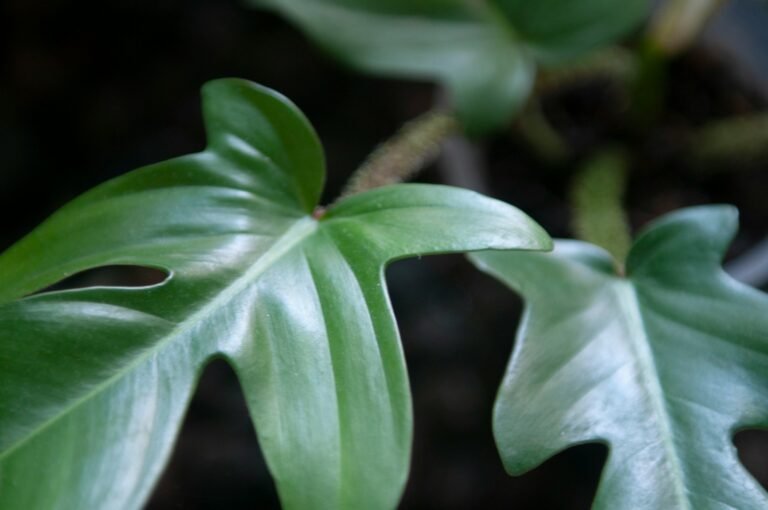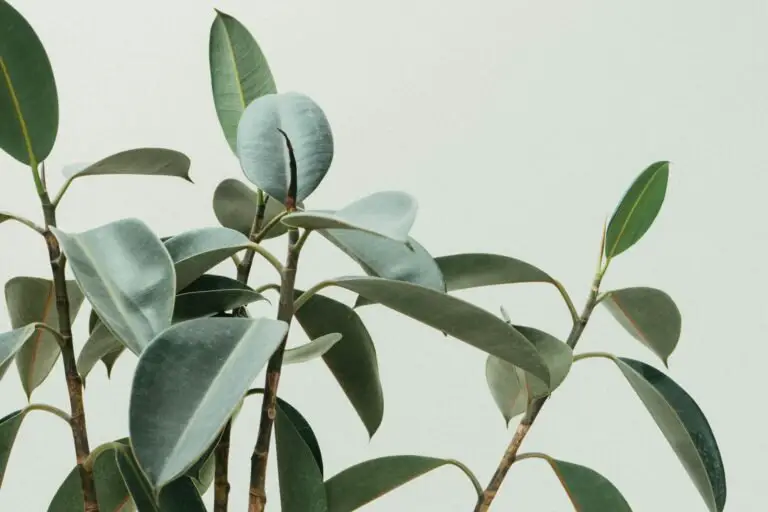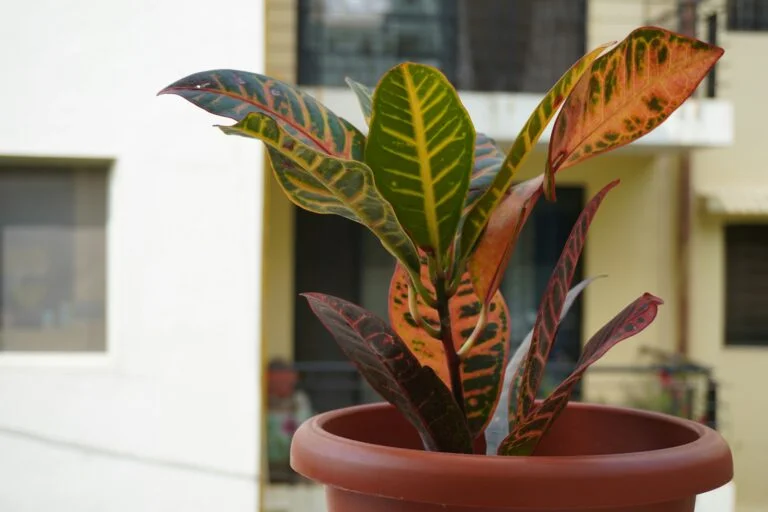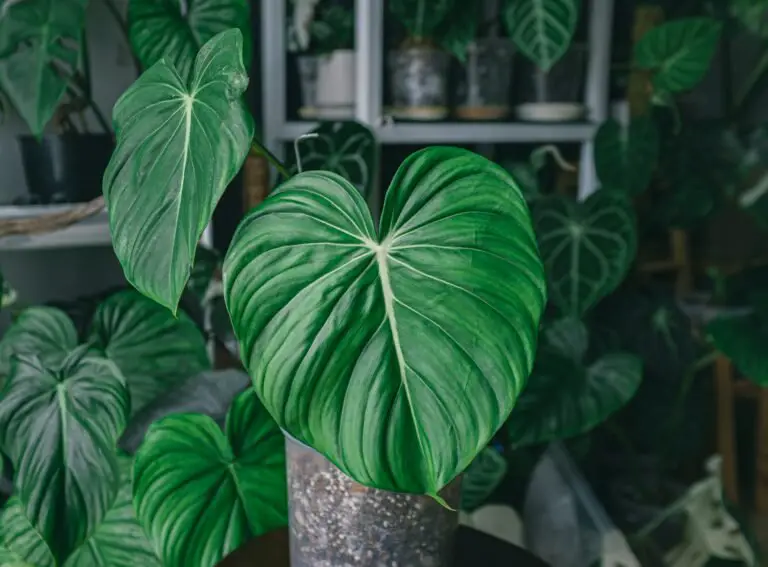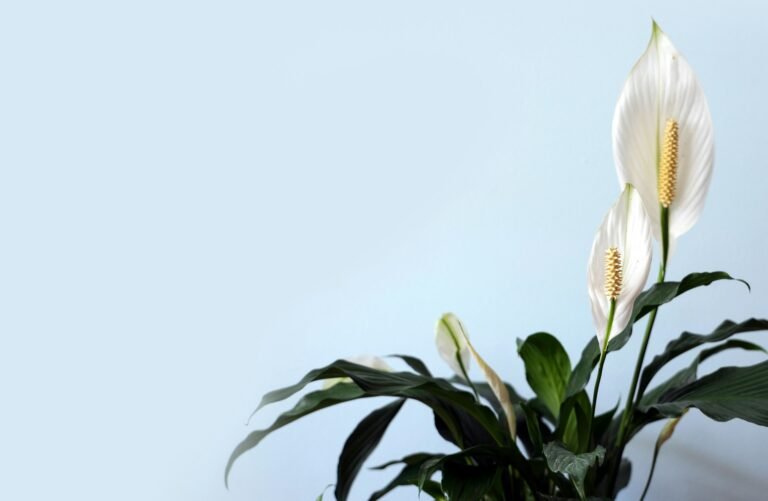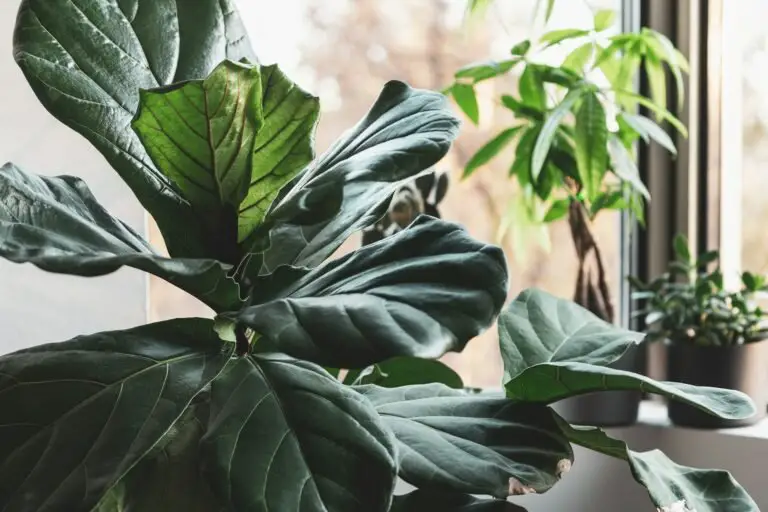Fittonia Plant Care: Why It Faints Dramatically—Then Springs Back to Life
Let’s be honest: Fittonia is a bit of a drama queen. One minute it’s lush and vibrant, the next it’s collapsed like it just read a tragic novel. But don’t freak out—this plant is a performer, not a quitter.
With its vivid veined leaves (in pink, red, white, or green), Fittonia adds a bold splash of color to your indoor jungle. It’s small, beautiful, and just a little extra. Yes, it’ll faint if you miss a watering… but give it a sip and 20 minutes later? It’s back like nothing ever happened.
If you want a plant with personality (and you’re okay with a little theatrical flair), Fittonia is the one. Let’s break down how to keep it thriving.
What Makes Fittonia So Popular?
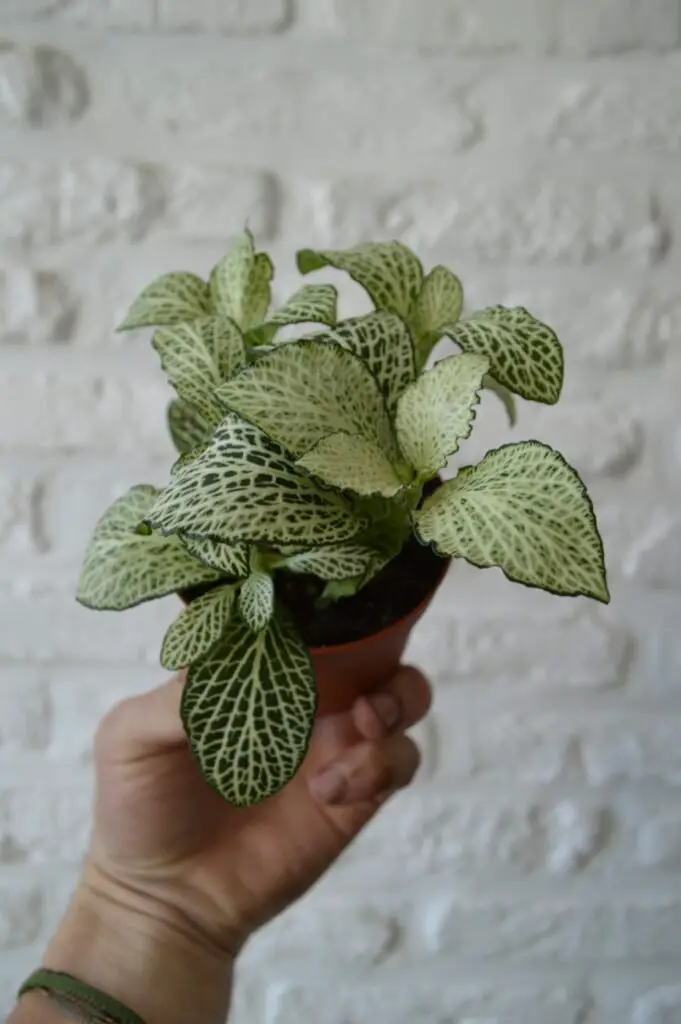
- Brightly veined foliage that looks like plant art
- Stays compact—perfect for shelves, desktops, terrariums
- Totally pet-safe (yay for your curious cat)
- Loves humidity and makes a great terrarium plant
- Gives you instant feedback when something’s wrong
It’s basically the houseplant version of a very pretty, slightly over-sensitive friend. 💅
Light: Bright, Indirect, and Gentle
Fittonia doesn’t need blasting sun to thrive. In fact, it prefers the soft life.
Give it:
- Bright, indirect light—east or north-facing windows are perfect
- Can tolerate low light, but growth will slow and color may fade
- No direct sun—it’ll scorch those delicate leaves faster than you’d expect
Terrarium? Great. Office with a grow light? Also great.
Watering: Don’t Ghost It
This is where Fittonia gets real dramatic. If you forget to water it, it’ll flop over like it just passed out at a spa.
But don’t panic. Just:
- Water when the top 1 inch of soil is dry
- Use room temperature water
- Keep the soil evenly moist, but never soggy
- Avoid letting it fully dry out unless you like plant theatrics
And yes, it will bounce back in minutes if caught early. Kind of amazing. Kind of terrifying. That’s Fittonia.
Humidity: It’s Not Optional
If there’s one non-negotiable for Fittonia, it’s humidity.
They need it. Period.
Target:
- 50–70% humidity
- Use a humidifier, pebble tray, or keep it in a terrarium
- Bathrooms with good light? Absolute paradise
Dry air = crispy edges and nonstop drama. Mist it lightly in a pinch, but don’t rely on that alone.
Soil: Light and Fluffy, Please
Fittonia’s roots don’t like heavy, soggy soil. They prefer a breathable mix that holds some moisture without drowning them.
Use:
- A blend of potting soil, perlite, and peat or coco coir
- Something light and well-aerated
- Always in a pot with drainage holes
Keep it snug—not rootbound, but not swimming in extra soil either.
Fertilizer: A Little Goes a Long Way
Fittonia’s not a heavy feeder, but a little snack helps with color and growth.
Feed:
- Once a month in spring and summer
- Use a balanced, water-soluble fertilizer at half strength
- Skip fertilizing in fall and winter
Too much = salt buildup = crispy leaf edges. Keep it light.
Pruning and Maintenance
Fittonia grows fast and can get leggy without regular trims.
To keep it cute and bushy:
- Pinch back long stems every few weeks
- Trim any yellow or dead leaves
- Propagate cuttings easily in water or soil (yes, it’s that easy)
Also wipe leaves occasionally to keep them dust-free and breathing easy.
Common Fittonia Problems (And What It’s Telling You)
Wilting dramatically
Classic Fittonia move. Check the soil. It probably just wants water.
Yellow leaves
Overwatering. Let the soil dry a bit more between drinks.
Brown, crispy edges
Dry air or inconsistent watering. Increase humidity, stay on schedule.
Slow or leggy growth
Not enough light. Move it closer to a brighter spot (but not direct sun).
Bonus: Perfect for Terrariums
Fittonia thrives in enclosed, humid environments—which is why it’s a top pick for terrariums.
If you want:
- Low maintenance
- Consistent humidity
- A cute little living ecosystem on your shelf
Fittonia is your MVP.
Final Thoughts
Fittonia is colorful, compact, and full of personality. It might faint on you now and then, but it’s all bark and no bite. Just give it humidity, soft light, and a regular drink, and you’ll have one of the prettiest plants in the room.
Plus, there’s something fun about having a plant that literally tells you when it needs something. Kind of like plant parenting with training wheels.


